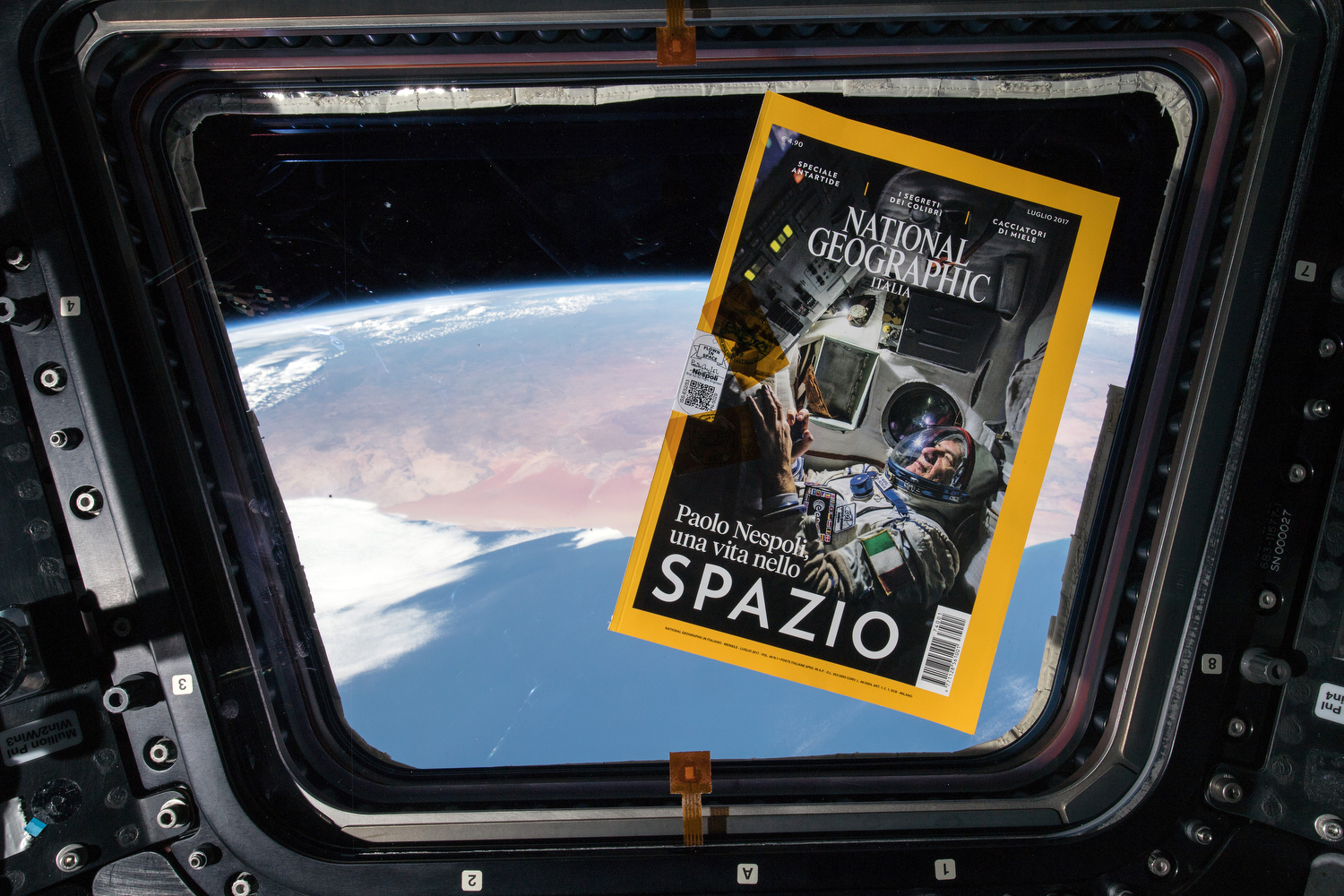GOING TO SPACE AT 60, BEHIND THE SCENES
I have spent most of the time organizing such a complex project to access the training centers and Russia has been the most difficult but at the same time interesting destination from a photographic point of view. There, in fact, I have photographed Paolo in the Soyuz launch module simulator. Once I saw it for the first time, I immediately thought that it would have been one of the most important shot, probably the cover one. I came in the Soyuz with my camera and a wide angle lens, ready to shoot Paolo. Suddenly, something unbelievable happened: all lights went off, everything was dark and from the outside they started knocking on the door telling me I had only one minute left. I didn’t know what to do: that was the perfect setting for THE PHOTO, probably one of the best ones ever. Outside I had some led lights but if I had come out the module, they wouldn’t have let me come in once again. The astronaut agreed with me, and suggested me not to exit and to find a solution.
So I had an idea, one of the crazy ideas can come up on your mind only when you are desperate: I took my smartphone - the only electronic device I had with me - I turned on the torch and I put it on between two panels behind the astronaut. The module was so small - less than 2 meters of diameter - that the torch was enough to properly light the setting. I had only the time for two landscape shots and two portrait ones, just a few seconds before I was literally obliged to leave the module.
I was right: that was the photo National Geographic chose for the cover.
So, a NG cover photo lit with a smartphone torch.
The magazine cover went to space with Nespoli during his mission.


